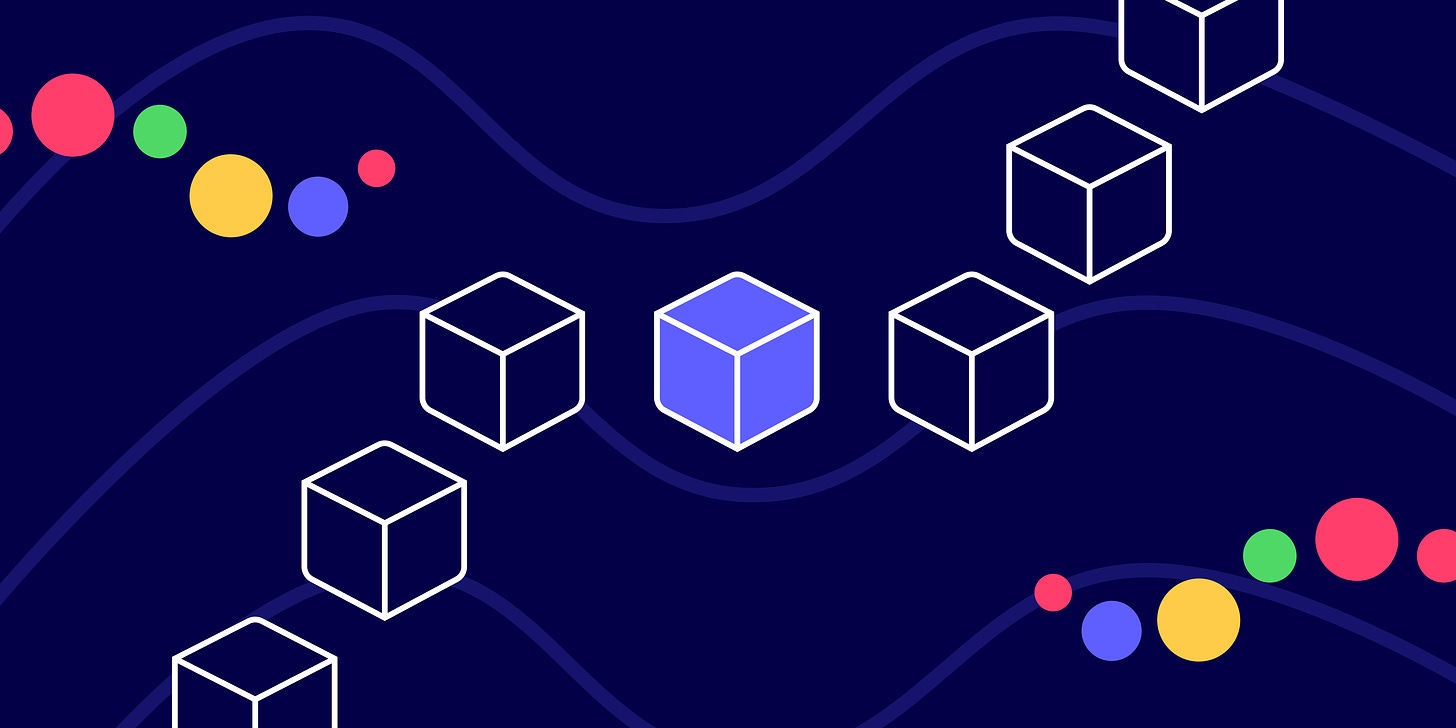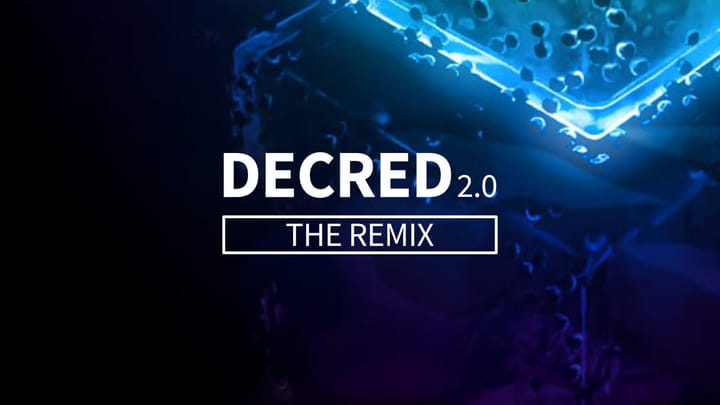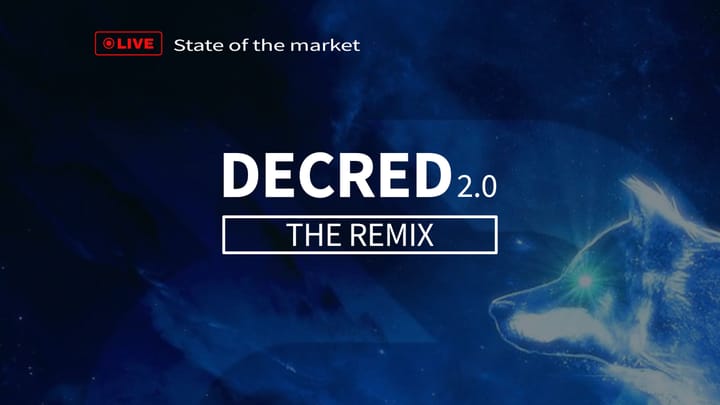Decred Block Explorer DCRDATA
What is a block explorer? and how can it help me understand the value contained in the network?

The block explorer is the primary way to understand how a blockchain is performing. Everything that happens on-chain is recorded, and the block explorer gives us access to this information in real time.
In traditional markets, if you were to invest in a company, you would have to wait until that company publishes its quarterly report to see how it’s performing. Along with this, you also need to weigh up how the report has been produced and what information has been omitted or overly exerted. With accounting trickery, it’s possibly to tell stories that don’t always represent the truth, and this, of course, is very much dependent on how the company wants to be portrayed for the coming quarter or year.
On-chain data lets us move away from this centralised traditional finance model and lets the individual investigate for themselves how a project is performing. Depending on your success criteria, this information can be as broad or a narrow as you like.

Another misconception in the cryptocurrency space is to believe that the price charts produced, from exchange data, represents the current value of a project. The problem with these representations are, they’ve been heavily manipulated and don’t include on-chain information. The data produced generally comes from centralised exchanges and their order book. Which is yet another hangover from traditional markets. More often than not, the trading volumes demonstrate either market maker activities, which can dramatically push up the perceived volume. Or trading bots opening, closing and filling own orders or front-running market sentiment.
Viewing and being able to read a block explorer, gives you the ability to look past the price and build up your fundamentals for a project. In traditional markets, they would call this “being an insider”. In open finance or blockchain, this is the norm.
So let’s look at the basic data you should be reading to get an understanding for how powerful this tool really is. (https://dcrdata.decred.org)

The DCRDATA overview page, gives you a quick glance of the current state of the network and is the perfect starting point for our analysis. Starting with the latest mined block section. You can see when the last eight blocks were mined and whether they are being created on schedule. In Decred, this is approximately every five minutes. The latest block section also shows:
- How many blocks the chain has mined since its genesis block
- How many transactions each block contains
- How many votes validated each block
- How many tickets were purchased
- How many revokes each block had
- The number of DCR coins transacted
- and finally the size of each block, Decred’s maximum block size is approximately 0.39 MB (or 393216 bytes)
The next section is the mempool, this shows the transactions being prepared to go into the next block or if the block is full, into the following blocks. In general terms, the mempool is a snapshot of the network nodes deciding on which transactions are valid and need to be included in a block. If a block is full, the miners can decide on the order of these transactions, typically the higher fee transactions would be added to the blockchain first.

The next section is the voting area, which is unique to Decred’s blockchain due to its POW/POS hybrid nature. In this section, you can see the current price of a ticket, followed by what the price will be in the next interval.
This section had its algorithm changed in July 2017 and was the first Decred consensus vote. The reason for the change was to stabilise the ticket price and try to maintain a ticket pool size of approximately 41,000 Tickets (or 40,960 tickets).
The final part of this section shows the staking reward along with the amount of DCR coins locked in the ticket pool. The current ticket pool is over 63% of the DCR coin supply.
The mining section, shows how the POW part of Decred’s hybrid system is performing. The Hashrate and difficulty are combined, as the hashrate increases so does the difficulty. This combination provides a systemised approach to maintaining the block production rate and aims to keep block production as close to the five-minute initial a possible.
For a pure proof of work system, the higher the hashrate, the more secure the network. This is slightly different regarding Decred. Decred requires approximately a tenth of the hashrate of a pure POW chain to be just as secure. This, of course, is conditional on there being a distributed POS participation rate. As POS voters, are the contrary party that validate the miner's work.
The final part of this section shows the mining reward with the reduction interval. In the case of Decred there is a 1% (or 100 / 1011) reduction in the block reward, approximately every 21 days (or 6144 blocks).
The last section of this overview page is the distribution area. This is where you can audit the coin supply making sure it correlates with expectations. Next to this, you’ll find the current value of the Decred Treasury, which currently has more than 785,000 DCR coins locked in its vaults.
As you can see, with the minimal amount of effort, you can actually build up a good understanding for how the blockchain is performing. In my honest opinion Decred has one of the best block explorers in the space and the data provided is both visually clear, easy to understand and decentralised with no external manipulation. This is even more impressive when you consider how much more detailed the structure of the project is compared to a pure POW system.
If you liked this post, don’t forget to give it a like, comment and most importantly subscribe to the channel!





Comments ()